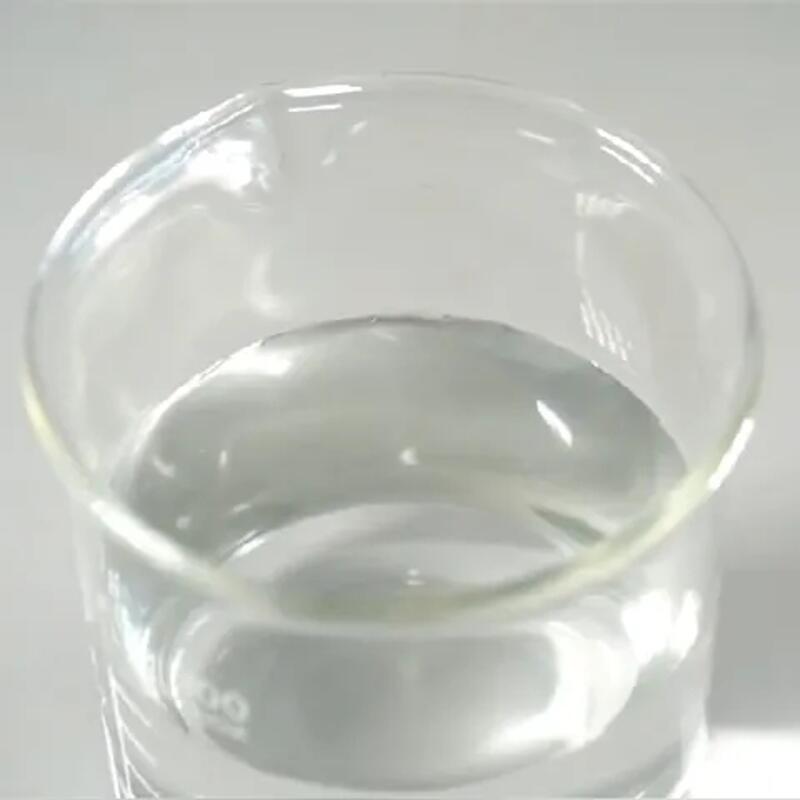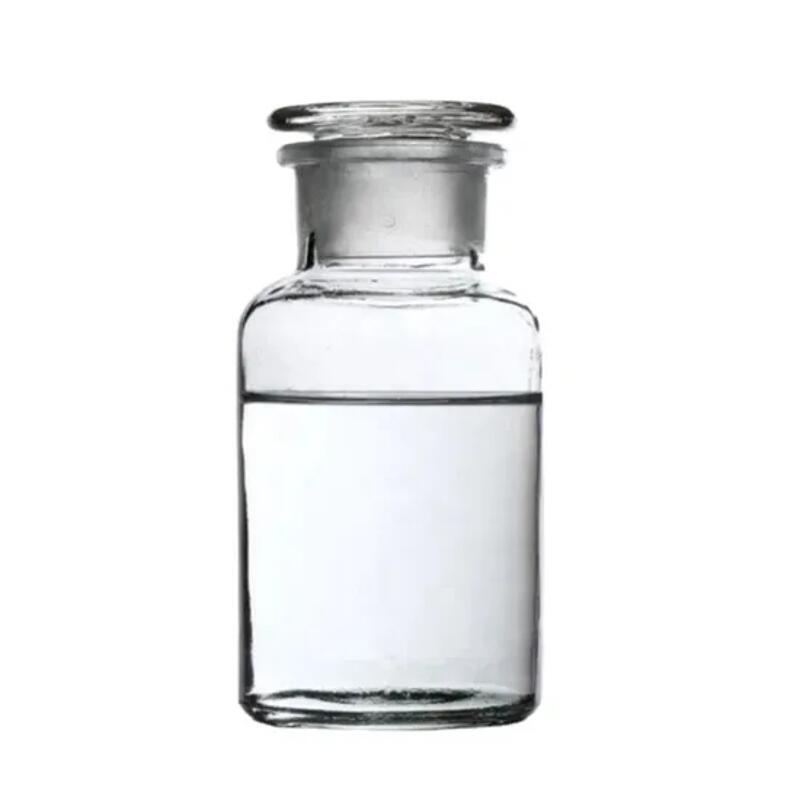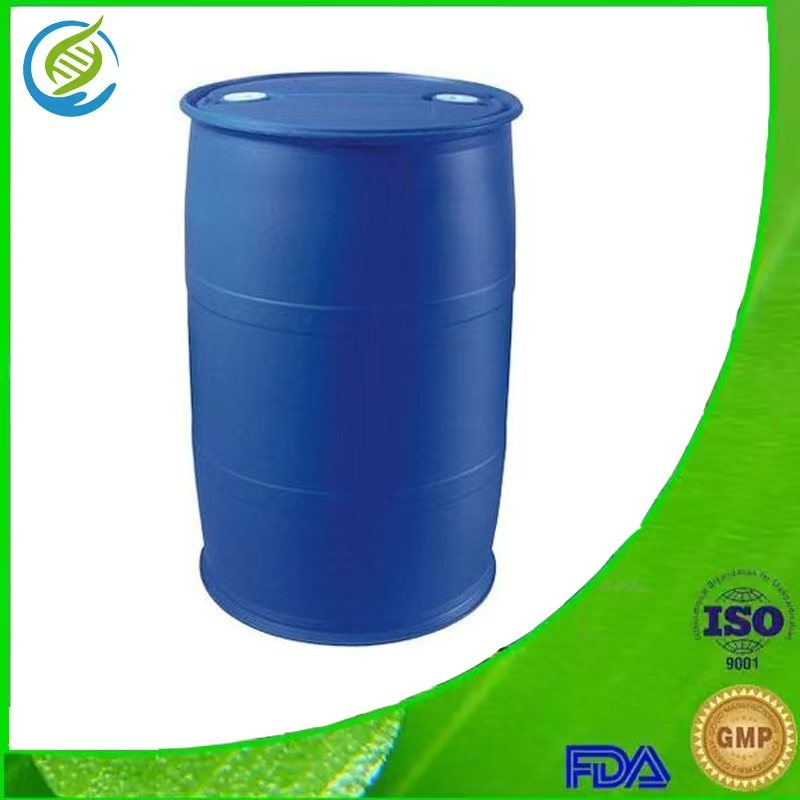An case of anaphylactic shock caused by blood transfusion
-
Last Update: 2020-06-22
-
Source: Internet
-
Author: User
Search more information of high quality chemicals, good prices and reliable suppliers, visit
www.echemi.com
Case patient, female, 26 years old, due to nearly February, abdominal pain with fatigue of more than 2h, on April 16, 2018 at 18:00 emergency hospital admission, half an hour after admission to the whole mahjong, right fallopian tube excision, the patient has a blood transfusion history, no allergy symptomsAllergy to penicillin, high protein allergypreoperative examination of: T:36.2 oC, BP:60-70/30-40mmHg, HR:90/min, SPO2:70%-80%, generally poor, indifferent to consciousness, echoable, pale skin, severe hemorrhagic shockAuxiliary examination: April 16 16: 16:13: OutpatientB SuperTips: Mixed echo envelopes around the uterus in the pelvic cavity, pelvic cavity fluid (ectopic pregnancy or jaundice rupture possible); April 16 thia 19:13 BloodRt (preoperative check-up return): WBC:1 8.6 x 109/L; RBC: 2.2 x 1012/L; Hb: 76g/L; Hc: 23% ;P LT: 179 x 109/L; 16 April 19:52: blood clotting test: FIB: 1.65g/L; ATIII: 71.6%; FDP: 2.08ug/ml; PT: 12.8s; PT%: 80.9%; APTT: 27.6s; TT: 17.1s INR1.11;April 16 19:52:thrombosisbullet (normal cup): R_ coagulation factor activity: 2.8; after entering the operating room, emergency line of the right neck venous puncture tube, rapid infusion, left artery puncture tube pressure measurement,vascularactive drug intravenous pump to maintain blood pressure, full hemp trachea intubation after surgerysurgery 19:00 surgery began, open the abdominal cavity test found that the right fallopian tube can be seen a length of about 3 cm broken, see active bleeding, fallopian tube incomplete fracture, due to difficulty in retaining, so the right side of the fallopian tube excision, the abdominal cavity containing dark redbloodand blood clots about 2500mL, to the self-blood recovery machine 3000P for recycling, return to the self-blood 1000mL; Note stock blood and fresh frozen plasma to correct the body's clotting function; 19:20 to start infusion of autologous blood, 20:10 auto-blood infusion completed, observe no adverse reactions; 19:45 start the first bag of plasma, 20:00 After infusion, observe no adverse reactions; 20:01 began to infusion the second bag of plasma, 20:10 surgery ended, 20:18 second bag plasma infusion completed, observed no adverse reactions; 20:20 began to infusion the third bag of plasma, 20:21 The head nurse of the operating room found that the patient had three or four rashes on the side of the wrist, checked other parts did not see similar rash, the monitor showed stable vital signs, considering an acute blood transfusion reactionrescue process 20:22 suspension of blood transfusion, change to physiological saline, while giving methyl-sprinklenylon sodium amber acid powder needle 80mg intravenous drip, continue to observe; Color clear; remove the surgical towel list, found that the patient will be cloudy area, two-sided thighs, two-sided calves skin redness, a large number of rash, some areas have blisters appear, immediately start emergency rescue, in accordance with the "operating room emergency manual" division of labor, there are practitioners (anesthesia, roving nurses), manuals, on-site guidance rescuers, recorders, reports and cooperateby multiple pushe-injection 100ug, intravenous continuous pump injection of epinephrine (0.1-0.5) sg-kg-1-min-1, increase dispensee (0.2-0.5) sg.kg-1 min-1 maintains blood pressure; static drops of physiological saline, crystal colloid for expansion; static calcium gluconate, isopropyl and static hydrogenation can be loose anti-allergy; emergency arterial blood gas analysis, clotting, TEG-directed treatment, close monitoring of life Changes in signage; at the same time to the blood transfusion department, the quality control department of the disease record; 21:00 patients neck, face, limbrash and redness began to subside, urinating color slightly red, normal amount, to static injection of 20 mg of pyresemian injection Quiet pump small dose of dopamine injection 5 sg kg-1 min-1 for renal protection treatment ; ;22:00 patients' whole body rash basically subsided, autobreath recovery, rhythm is stable, emergency blood gas results show Hb95.20g/L; intraoperative bleeding about 2500mL, a total of 4000mL of infusion crystalline glue; back transfusion Self-blood 1000mL; urine 2800mL; Due to timely illness detection, handling properly, the patient 22:50 with tube to ICU for further observation and treatment; discussion acute blood transfusion response means that during or after blood transfusion, the recipient has a new abnormal manifestation or disease associated with blood transfusion, including hemolytic, fever, allergic reactions, etc In this case patients infusion plasma 36min after the wrist scarlet side began to appear three or four rashes, and then the neck, face began to appear rash, rash increased, will be cloudy area, double-sided thighs, double-sided calves at the skin redness, a large number of rash, rash skin redness and swelling obvious, some areas have blisters, blood pressure Progressive decline, immediately stop blood transfusion plasma, start emergency rescue measures, give anti-allergy, rehydration, boost and other treatment of blood pressure gradually leveled off, urinating color gradually become clear, the amount began to increase, the whole body rash gradually subsided, autonomous breathing to restore stability; The cause of acute blood transfusion reaction is not clear the role of the removal of white blood cells only fully supports many of the fever reactions that are caused by the reaction of the donor to white blood cells or the of the bio-response regulators that accumulate in the of blood in the storage process New research suggests that blood recipients are the primary factor in the occurrence of allergic reactions to blood transfusions At present, there is no effective drug prevent the occurrence of allergic reactions, there have been several (including a large-scale randomized controlled trial) on the prevention of allergic reactions, the results show that regardless of whether the patient has a history of blood transfusion allergic reactions, antihistamine preventive drug use is ineffective Blood transfusion allergic reactions in the course of general anaesthetic surgery are often not easy to be found in time, as a bedside physician, the patient's clinical performance and monitor ingress should be closely observed, and according to its clinical performance of timely and effective treatment program is very critical Health care personnel should carry out the whole process of blood transfusion risk management , to learn more about the patient's condition, ask about the medical history, for patients with a history of severe allergic reactions need emergency blood transfusion, whether or not preventive use of antihistamines, are recommended under direct supervision of the injection of standard blood components blood transfusion period, strict implementation of the check-up system, safe blood transfusion, the start of blood transfusion speed to be slow, first observe 5-10min, no allergic reaction, and then according to the disease to adjust the speed Closely observe the patient's airway pressure, blood pressure, heart rate, heart rate, oxygen saturation and other vital signs changes, blood transfusion process once there is any suspected blood transfusion-related abnormalities, first stop blood transfusion, while maintaining the smooth venous access, drip physiological saline, but also according to the type of blood transfusion response to take appropriate treatment measures to improve symptoms Ready to have adequate rescue equipment, items, drugs, fixed-point placement, dedicated management , regular inspection, maintenance, disinfection, use in a timely manner to add, to ensure the need sedation In summary, the clinical blood transfusion activities to carry out risk control, the establishment of a sound first aid system, medical staff actively cooperate, can timely identify risks, avoid risks, reduce the occurrence of medical accidents
This article is an English version of an article which is originally in the Chinese language on echemi.com and is provided for information purposes only.
This website makes no representation or warranty of any kind, either expressed or implied, as to the accuracy, completeness ownership or reliability of
the article or any translations thereof. If you have any concerns or complaints relating to the article, please send an email, providing a detailed
description of the concern or complaint, to
service@echemi.com. A staff member will contact you within 5 working days. Once verified, infringing content
will be removed immediately.







